Education Projects
Poverty is complex. Education can be a great equalizer for people in poverty, but we need more research on how to improve educational outcomes at all stages of life—from what occurs during the earliest formative years of brain development, to kindergarten readiness, on-grade elementary school learning, high school completion, and post-secondary degree attainment.
Educational outcomes for people in poverty lag behind those of their higher-income peers. For many, this makes it tough to break the generational cycle of poverty. We must find effective ways to increase educational outcomes for low-income students of all ages, so that they can journey down a path to a different life.
The National Center for Education Statistics attributes living in poverty during early childhood, in part, to lower levels of academic performance. These early years are critical to educational success. Influential empirical work has established the early emergence of achievement gaps by race, ethnicity, and socioeconomic status. Evidence consistently demonstrates that these gaps are already present at kindergarten entry and that they persist throughout the schooling years. A child growing up in poverty has a one-in-four chance of repeating a grade before they reach high school. The chance for their wealthier peers is one in 20. These achievement gaps impact a young person’s ability to pursue higher education after high school.
This ability to earn a college degree matters because education is linked to future earnings. Community colleges are an important part of the higher education landscape in the United States, but completion rates are extremely low, especially among low-income students. 42.2% of students who begin community college graduate or transfer to a four-year institution within six years.
Much of the existing policy and research attention on the issue of college completion focuses on addressing the academic and financial challenges that a student may face. However, there is ample reason to think that non-academic obstacles might be the key drivers of dropout rates for low-income students.
Education may be a great equalizer, but in light of the current school achievement gaps for low-income students, we still have many questions about how to help people in poverty realize that promise. How do we help children get ready for kindergarten? What interventions are proven to achieve key childhood outcomes? How do we ensure that high school graduates go on to get the skills and education that are necessary for success in a 21st-century job market? How do we make sure that the importance of higher education doesn’t get lost in the maze of a young adult’s work to support themselves?
We took a close look at the landscape of college completion in the U.S. to write our Comprehensive Approaches To Increasing Student Completion In Higher Education research paper. Now, we are working with partners across the country to find answers to the questions that remain and shed more light on how to reduce poverty through evidence-based programs and policies. Learn with us.
Projects
-

21st Century Scholars
South Bend Community School Corporation; Penn-Harris-Madison School Corporation | Indiana
-
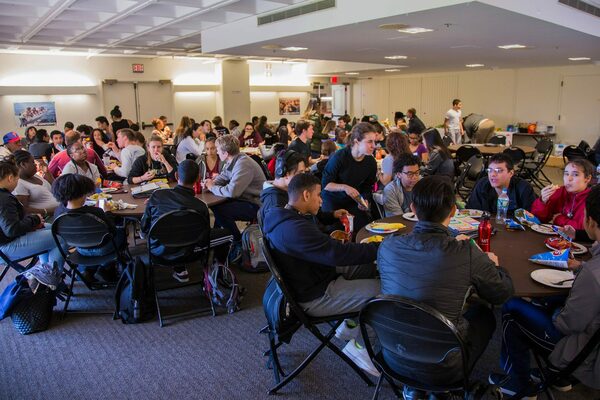
Amphibious Achievement
Amphibious Achievement - Massachusetts Institute of Technology (MIT) | Massachusetts
-
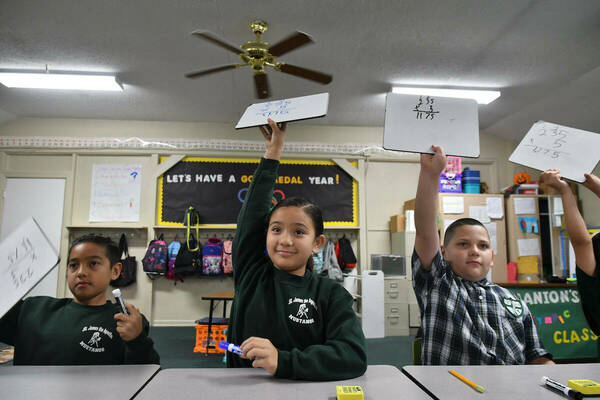
Ascent - ACE
ACE | California
-
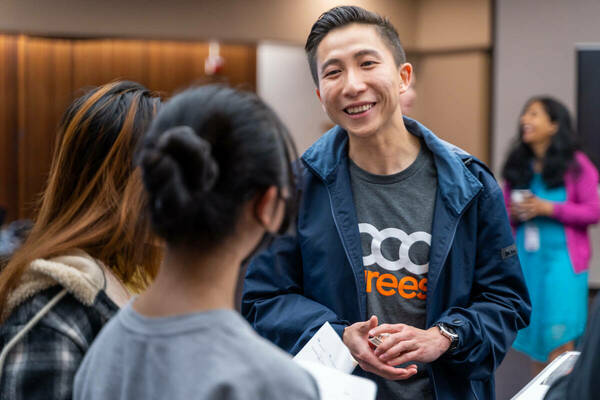
College Access - 10,000 Degrees
10,000 Degrees | California
-

Comprehensive Coaching for At-Risk High School Students
Two school districts in the Northeast region of the U.S. | Northeast Region
-

Conrad Career Associates
Catholic Charities Los Angeles | California
-
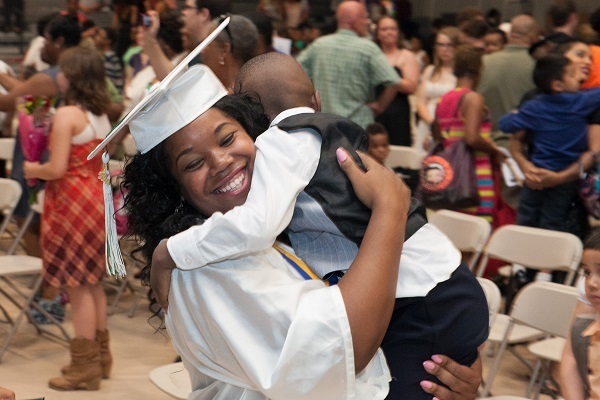
Goodwill Excel Center - Central & Southern Indiana
Goodwill of Central and Southern Indiana | Indiana
-

Goodwill Excel Center - Central Texas
Goodwill Central Texas Excel Center | Texas
-
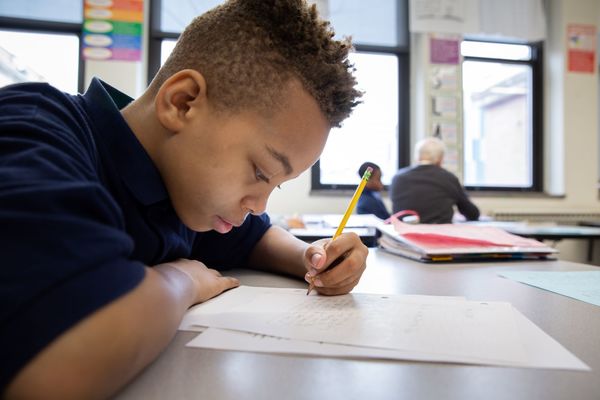
High School Bridge
Chicago Jesuit Academy | Illinois
-
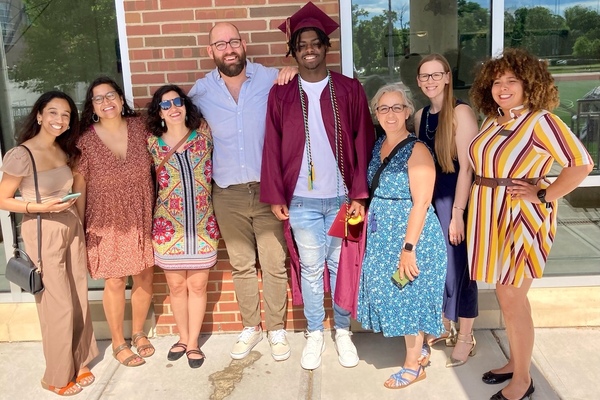
High School Mentorship
Thread | Maryland
-

Khollaboration with Khan Academy (KWiK)
Arlington Independent School District | Texas
-

NPower
NPower | New York
-
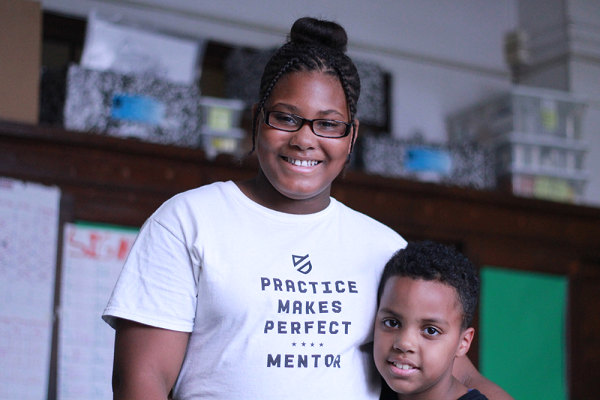
Practice Makes Perfect
Practice Makes Perfect | New York
-

Practice Makes Perfect Virtual Summer Learning
Practice Makes Perfect | New York
-

Ready4K Summer Literacy
Wisconsin Department of Public Instruction | Wisconsin
-

Recidivism Reduction
Goodwill Excel Center of Central & Southern Indiana |
-

Stay the Course™
Catholic Charities Fort Worth | Texas
-

Success Coaches
Ivy Tech Community College South Bend-Elkhart | Indiana
-

Take up - Goodwill Excel Center Indy
Goodwill Excel Center | Indiana
-

Uplifting Parents
Catholic Social Services Rapid City | South Dakota
